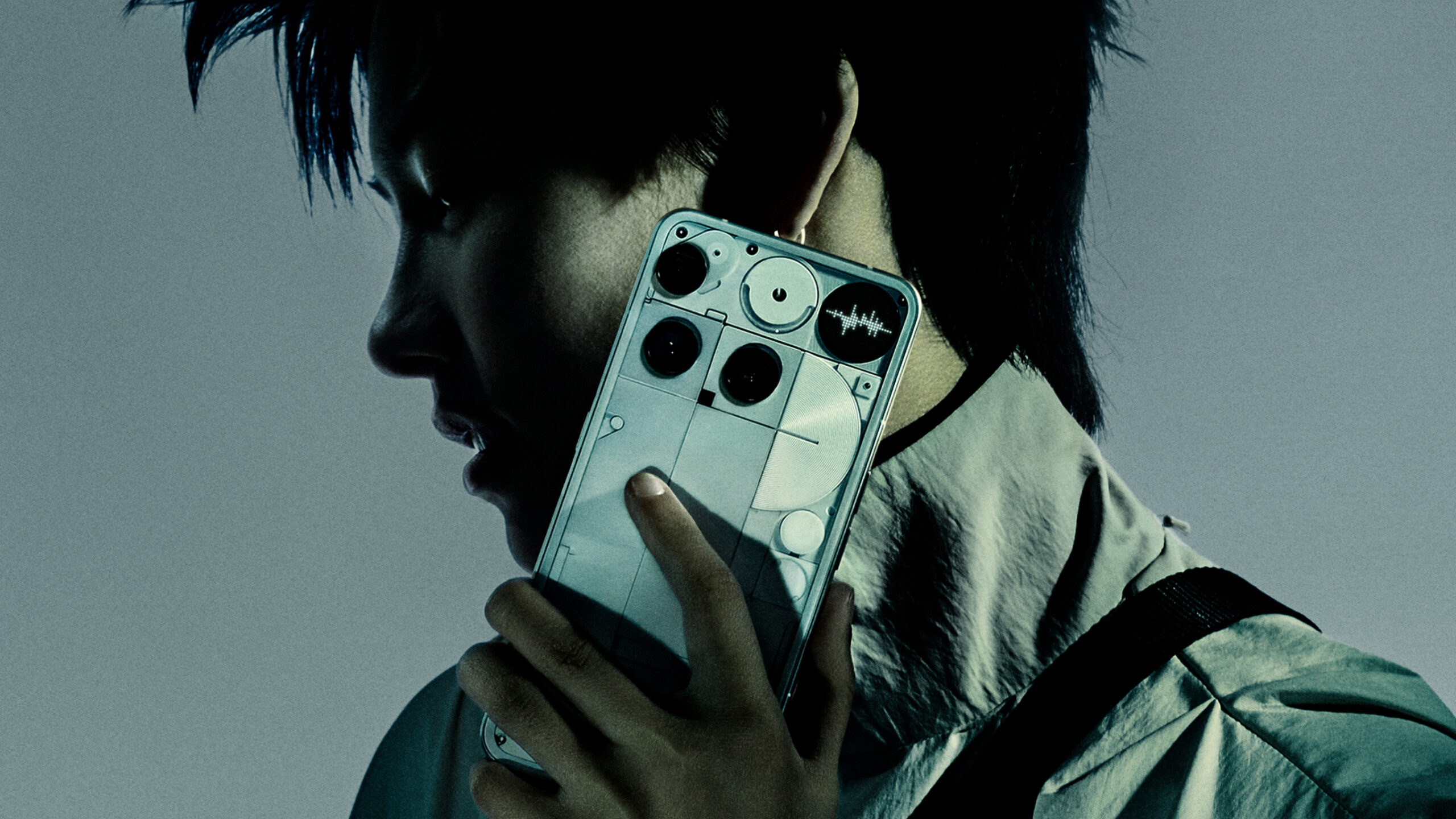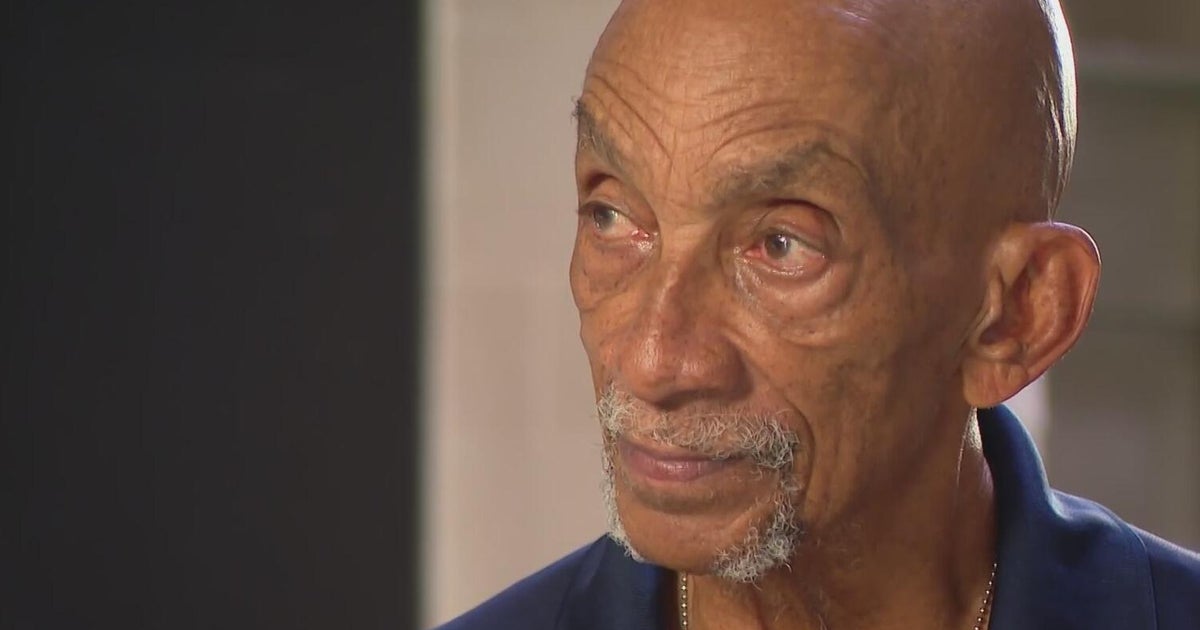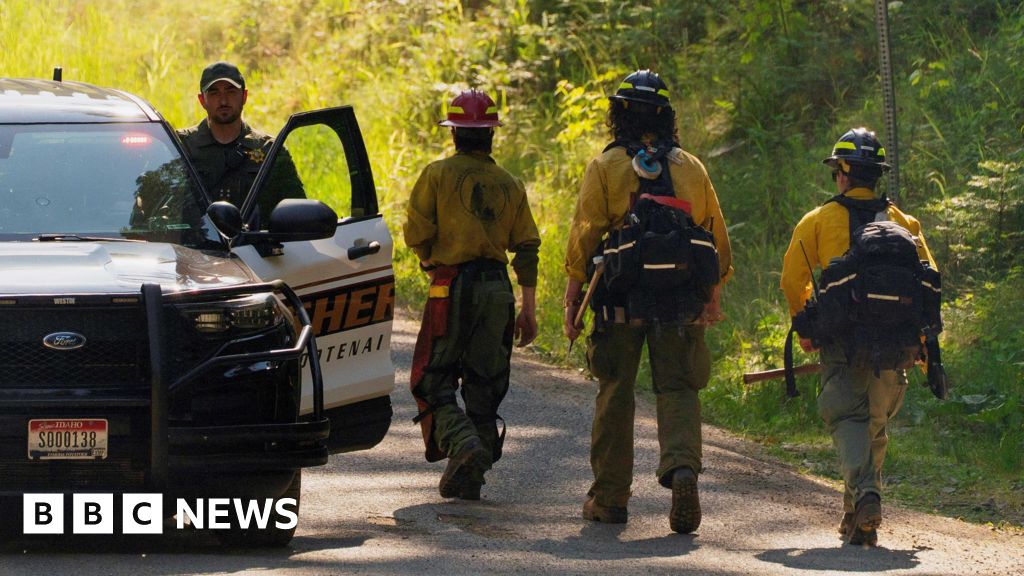The first 3D DK title in 26 years isn’t just an evolution, it’s a full reimagining of what a Nintendo platformer can be
When you think about it, it must kind of suck to be Donkey Kong. Despite introducing the modern world to Nintendo games with 1981’s arcade classic, the great ape was quickly sidelined in favor of making Mario a star. While the mustachioed plumber and his brother became the face of the brand, Donkey Kong appears more sporadically — wavering occasionally between a hero and villain — and doesn’t even have a consistent lore. The Eighties original is generally understood to be an old timer named Cranky Kong, with the modern tie-wearing bruiser being his grandson (per Nintendo’s marketing materials); in the middle, DK Jr. has all but disappeared entirely.
And while Mario’s had the luxury of living the celebrity life, worshipped as a hero in the Mushroom Kingdom on top of rocking a medical license, DK is just trying to get by. As the ruler of Donkey Kong Island, he’s constantly warding off invasion by external threats like the Kremlings, Tiki Tak Tribe, and the Snowmads — all the while taking guff from his ornery granddad and crew.
Now, with the upcoming Donkey Kong Bananza (out July 17), DK is going back to his blue-collar roots, toiling away in the banana mines until he answers the call to action against a new group of foes. The Switch 2 title is DK’s first big adventure since 2014’s Donkey Kong Country: Tropical Freeze, and only the second fully 3D game in the franchise after 1999’s Donkey Kong 64. More importantly, it’s the first time that a standalone DK title has debuted as an anchor for the launch of a new Nintendo console. With a new Mario game nowhere in sight, it’s finally DK’s time in the limelight.
Rolling Stone recently attended a preview event of Donkey Kong Bananza, going hands-on with multiple sections of the game over the course of the two-hour session. Based on our early impressions, Nintendo’s latest is more than just a return to form for a classic character — it could be one of the series’ best entries ever. Here’s why.
Editor’s picks
What is Donkey Kong Bananza about?
Unlike earlier games that mostly take place on the hero’s home island, Bananza introduces a new locale with the golden banana-rich Ingot Isle, where DK is over the moon to be working the mines for the newly discovered gems. Donning a hardhat and overalls, he’s a far cry from the reigning king of the Kongs we’ve seen previously, which has led to speculation that the game could be some kind of prequel (alongside another big reveal a bit later).

After an early tutorial sequence where players learn the ropes of controlling the powerful yet agile ape, the story introduces its antagonists: Void Company, an evil corporate mining operation hell-bent on creating a golden banana monopoly. Sucked underground by an explosive whirlwind, DK must team up with a talking mineral named Odd Rock to prevent VoidCo from reaching the planet’s core, where legend says something has the power to grant wishes.
Although DK’s relationship with Odd Rock is played up early on, it’s all just bait-and-switch. After completing the first big area of the game and meeting a giant god-like ape that resembles a headphone-wearing homage to The Jungle Book’s King Louie, a musical sequence shatters the stone revealing it to be a young girl named Pauline. It’s both a literal and figurative record scratch moment given that Pauline is a deep-cut Nintendo character who’s always been depicted as an adult.
In the 1981 Donkey Kong, she’s Mario’s girlfriend who must be rescued from the clutches of the ape; more recently she’s appeared as a lounge singer-turned-mayor of New Donk City in Super Mario Odyssey (2017) and since has popped up in spin-offs like Mario Golf: Super Rush (2021) and Mario Kart World (2025).
Related Content

Pauline’s diminutive redesign has raised plenty of questions, although Nintendo rarely seems interested in providing any answers from DK lore. At first, the game seems like it could be a prequel to the 1981 original starring a younger version of Cranky Kong, except that character directly appears in the world as an NPC. Perhaps this Pauline could be the daughter of the one players know — which would be fitting, given how the nebulously Donkey Kong exists as one of multiple family members in his lineage depending on the game. Right now, it’s a mystery, but could end up being brushed aside entirely.
How does it play?
Like the Mario games, the Donkey Kong series has encompassed tons of different genres and gameplay styles throughout the years. The early titles began as vertical platformers where the player must dodge hazards to reach the top of the level. The Donkey Kong Country games were more direct side-scrollers like Super Mario Bros., although they utilized a tag-team system to swap characters on-the-fly, each having their own unique abilities. Donkey Kong 64 was a third person collect-athon, a genre that was big in the era of Super Mario 64 and Banjo-Kazooie.
Bananza mostly resembles the Nintendo 64 version, at least superficially. It’s a game dedicated to exploring large open environments for small quests and tokens to collect. A lot of them. Giant golden bananas serve as the main collectible (like stars, sprites, or moons in 3D Mario), but there’s also tons of others ranging from buried fossils (which are specific to each level) and banana chips that can be used as currency for new outfits. On top of that, bits of gold spew from broken rocks and enemies, which both serve to power up DK’s special abilities and can be used to unlock permanent upgrades.

Gameplaywise, Bananza looks to differentiate itself from other 3D Nintendo games by emphasizing DK’s raw strength and speed. The character is agile on-foot, able to stop on a dime and whiz in every direction. Using a tuck-and-roll mechanic, he can also barrel along at high speed or dive forward to extend jumps across chasms. But it’s the symbiotic pairing of DK’s power that’s the real game changer. Unlike other characters that need to jump on enemies to defeat them, DK can throw an endless stream of haymaker punches in all directions and can even rip chunks of rock and the ground itself out to throw with precision.
Punches are impactful and satisfying; socking an enemy sends them careening into the distance with a single punch. But hitting things isn’t just fun, it’s an essential part of the core loop. DK uses his fists to plow through walls, floors, and ceiling like a living bulldozer — which is an essential part of exploration. Almost everything in the game’s environment can be destroyed or tunneled through, turning every level into a sandbox of buried treasure intended to be burrowed through and gutted. It’s very easy for players with a compulsion for clearing out areas to spend hours whittling away at the map like a coloring book until its edges are laid bare.
And while DK is mighty enough on his own, his partnership with Pauline opens a multitude of new abilities. Using the sidekick’s singing voice, players can unlock certain sonically reactive locks and doors when solving puzzles, as well as induce DK’s Bananza form that affords the ape different transformations — ranging from a fiery superpowered version of himself to a musclebound zebra that can sprint over water, and even an ostrich form that can hover for short periods of time. The transformations can be refilled by picking up gold (which is plentiful) and swapped on the fly to be used over and over.

But that’s not all Pauline can do. In cooperative two-player mode, the second person takes control of the young girl dangling from DK’s back, and can use one of the detachable Switch 2 Joy-Con controllers with point-and-click mouse controls. Unlike games like Super Mario Galaxy, which allow P2 to sort of play along by shooting little stars to stun enemies, Bananza’s version of coop feels extremely robust and changes the entire game.
During the demo, we swapped over to the second player seat and found that using Pauline voice (which shoots onomatopoeia like “Pow”) can be as — or at times, more — empowered than controlling DK. Pauline’s ability to inhale the essence of materials like gold and apply it to her voice makes her words more lethal than anything DK can do solo. In the session, we found that by sucking up the gold from an enemy, Pauline’s voice took on explosive power and could quickly wipe out anything in her path.
One boss fight in particular should’ve been a greater challenge, but between DK and Pauline dropping literal bombs on the foe, the encounter was over in moments. It isn’t meant for arbitrarily sticking a little sibling with a pointless participatory role; it’s actually a really fun easy mode.
What can players expect?
From just a few hours of playtime, it’s clear that Donkey Kong Bananza is an extremely ambitious rethinking of what a DK game can be. Developed by the team that previously worked on Super Mario Odyssey, the game is packed to the brim with imaginative level design and highly expressive characters. DK himself is extremely cartoonish, wearing his emotions on display, whereas Pauline’s quips (as the only fully voiced character) add a devilishly fun flair. Dropping explosive onomatopoeia on enemies while the little girl giggles creates a laugh-out-level point of dissonance.

Like in Odyssey, each level is filled with mainline quests to complete and hundreds of secrets, but it’s the intuitive way players can carve up the earth itself that’s most appealing. While the game is a snappy platformer in the vein of Mario, the ability to manipulate the environment, even to the point of creating mud bridges by tossing dirt, evokes the crafting spirit of the recent Legend of Zelda games. Using all of those techniques is key, as each open area begets another and another, with hundreds of individual levels becoming available as players descend straight down into the depths of the planet.
With so much to do, and with a lackadaisical sense of urgency, each area is filled with gleeful distractions. During our own demo, we ended up missing an entire boss encounter while mindlessly destroying everything in sight in search of bananas and fossils.

But those boss battles aren’t something you’ll want to miss. The action in Bananza is top rate and exponentially more enthralling than even recent Mario games. DK’s suite of different abilities add variety to each encounter beyond simple jumping and punching, and there are many side areas designed to recreate the 2D sections of the Donkey Kong Country series, down to blasting barrel to barrel in precise timing puzzles to dodging and drifting on runaway minecarts.
Trending Stories
When it was first announced as a post-launch title for Switch 2, there was something of a tempered enthusiasm for Donkey Kong Bananza. Sure, it’s great to see other characters from Nintendo’s portfolio get a big new release, but without a mainline Super Mario or Zelda, the lineup felt lacking. But it’s now clear that Bananza isn’t meant to be some kind of stopgap until the next killer app; it’s a full-on spiritual successor to both Super Mario Odyssey and the DK games of old that aims to elevate the franchise back to the upper echelon of video game royalty.
Donkey Kong Bananza launches on July 17 for Nintendo Switch 2.








 English (US) ·
English (US) ·